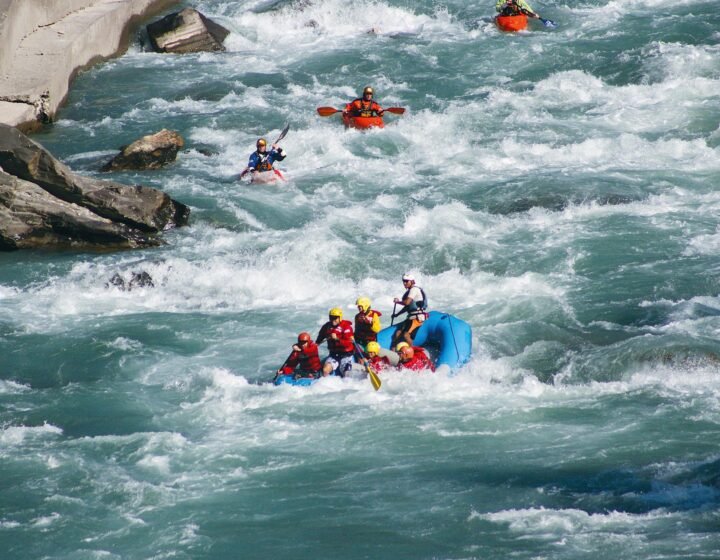
Although Nepal is well known for being the starting point for Everest climbers, savvy explorers also consider it to be one of the greatest places in the world for white-water rafting. The guides are kind and very knowledgeable, and the rivers are extensive and clean, surrounded by mountains, hills, and jungle. Here is all the information you want on whitewater rafting in Nepal.
When is the best time to go white water rafting in Nepal?
Nepal’s peak travel times are in the spring (March to May) and fall (September-November). The weather is at its finest during these times—comfortably mild and with little rain.
Water levels are at their peak in the fall, following the monsoon season. This may result in some exciting waves, which can occasionally be a little too thrilling early in the season. Pack additional clothing because the nights can get pretty cold for beach camping by late November.
Of course, the level of the water plays a significant role in white-water rafting. Water levels can be relatively low in the spring because it has been the longest since the monsoon’s torrential rains. It’s common to become caught on the rocks of some rivers because of their flow, such as the Bhote Kosi. At this time of year, the wind on some rivers, like the Karnali, may also be a hassle.
The price of water rafting in Nepal
Water rafting is one of the most exciting day adventures that allow you to feel the chill waves of mountains and rivers. For an international tourist, it might cost several thousand dollars to book 10 days of the trip to Nepal.
This includes all meals, equipment rentals, food, and ground transportation. Day visits typically cost roughly $70 (£50), including lunch and transportation. So, on average, it lies somewhere in the $800 to $1200 range. The additional cost completely depends on what extra and luxurious facilities you want to experience on your trip.





